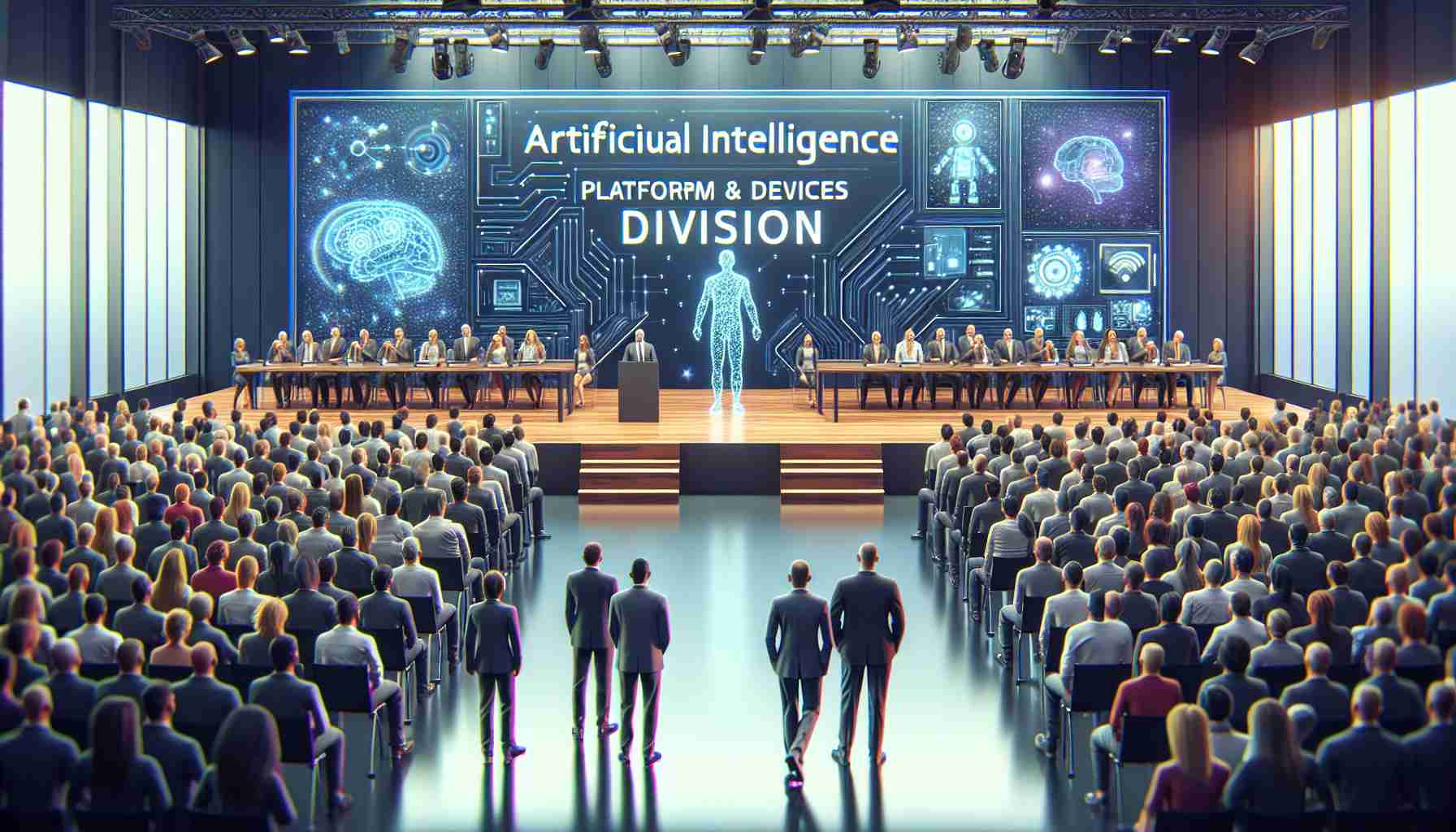Google takes a bold leap into AI integration across its devices, reorganizing its internal structure to accelerate innovation. Sundar Pichai announced a new team, Platforms and Devices, which consolidates Google’s Pixel, Android, Chrome, and several other services. Rick Osterloh, formerly spearheading Google’s hardware, will lead this new segment, with a keen focus on deploying AI to enhance user experience comprehensively.
The initiative symbolizes a fusion of hardware and software driven by AI, exemplified by the evolution of Pixel’s camera technology. Google’s commitment to crafting tightly integrated stacks, from sensor to software, where AI plays a pivotal role, is a testament to their strategy. This reorganization further aims to streamline advances by joining research and product development under the same umbrella.
Hiroshi Lockheimer, previously at the forefront of Android and ChromeOS, shifts to new endeavors, while Sameer Samat steps up as the president of the Android ecosystem, ensuring continuity in partnership relations. With the tech giant’s top brass, including Qualcomm CEO Cristiano Amon, backing this change, Google reinforces its vision for an AI-dominant future.
Google’s hardware team, while previously operating separately from the wider Android ecosystem, has gradually taken on a more influential role. This reconfiguration does not suggest a collapse of this separation but indicates a more aggressive stance in leading Android’s evolution, especially with AI as the driving force.
The consolidation and new leadership aim to infuse AI across Google’s product suite, from smartphones to Auto and Wear OS. Google’s strategic oscillation between autonomous expansion and targeted focus, echoing Larry Page’s “more wood behind fewer arrows,” hopes to secure a vanguard position as it plunges all its resources into the burgeoning realm of artificial intelligence.
Important Questions and Answers:
1. What is the significance of creating a new Platforms and Devices team at Google?
The creation of the Platforms and Devices team is significant because it reflects Google’s emphasis on integrating artificial intelligence across its suite of hardware and software products. By uniting various domains such as Pixel, Android, and Chrome under one team, Google is looking to achieve a more cohesive and innovative approach to AI development and deployment in its services.
2. Who is Rick Osterloh and what is his role in the new division?
Rick Osterloh is a senior executive at Google, who previously led Google’s hardware division. In the new structure, he will be leading the Platforms and Devices team, focusing on incorporating AI across Google’s product lines. His role will be crucial in driving the integration of AI technologies to improve user experiences and maintain Google’s competitive edge in the market.
3. What are some key challenges for Google’s new Platforms and Devices division?
One key challenge for the new division will be maintaining a balance between innovation and privacy, as AI capabilities often raise concerns over data collection and user surveillance. Also, the integration of AI across diverse platforms requires a high level of technical proficiency and coordination between various product teams. Additionally, Google will need to address regulatory challenges, which are increasingly relevant for AI technologies.
Key Challenges or Controversies Associated:
– Privacy Concerns: As Google pushes further into AI, concerns about data privacy and the ethical use of AI are likely to intensify.
– Integration Complexities: Harmonizing AI functions across different device platforms and software ecosystems can be technically complex and requires seamless cooperation between divisions.
– Competition: Google will have to compete with other tech giants advancing in AI development, which could lead to further market consolidation and concerns about antitrust regulations.
– AI Reliability: The development and deployment of AI raise questions about the reliability of AI decisions and the potential for errors that could impact user experience.
Advantages and Disadvantages:
Advantages:
– Streamlined innovation in AI, potentially leading to rapid advancements and improvements in platforms and devices.
– Enhanced user experience as AI is expected to provide more personalized and efficient services.
– A unified direction in product development could lead to greater cohesion and synergy across Google’s hardware and software offerings.
Disadvantages:
– Potential for increased data privacy issues as AI integration deepens, especially if not handled transparently by Google.
– Risk of stifling competition by merging multiple product areas under one leadership, which could lead to regulatory scrutiny.
– Challenges in adapting the current workforce and managing organizational changes to align with the new structure.
If you want to learn more about Google’s overarching domain, you can visit their official website by following this link.
The source of the article is from the blog mivalle.net.ar
